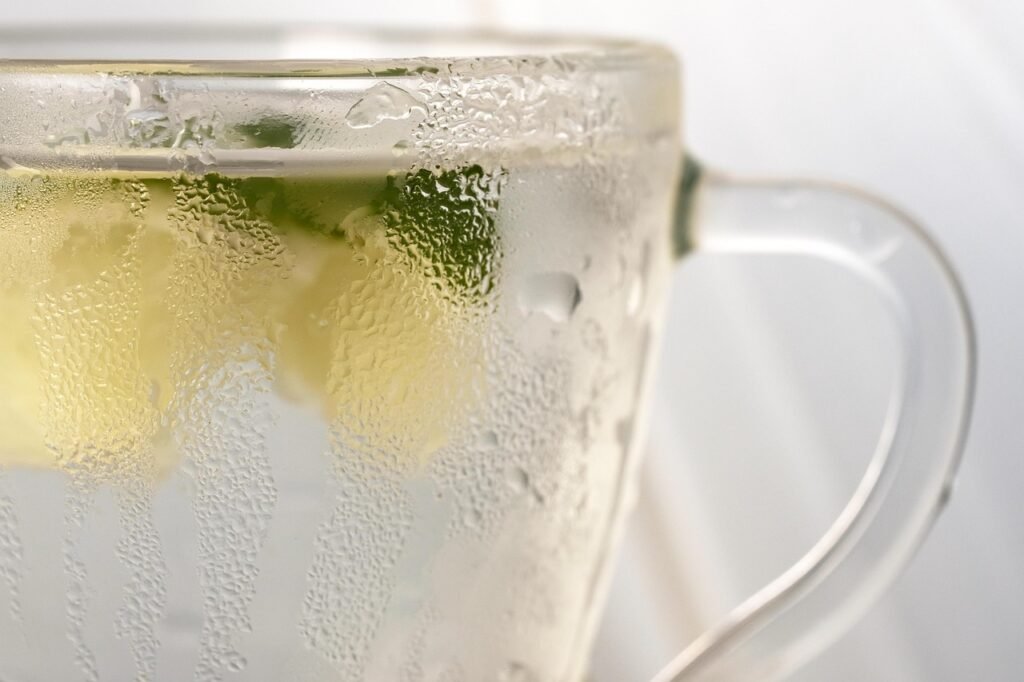What if a simple, chilly dip could shift your mood, ease anxiety, or bring some relief from that ever-looming heaviness known as depression? If you’ve ever wondered about the potential benefits of cold plunging, you’re not alone. The concept has been buzzing around lately, sparking curiosity about its impacts on mental health.
The Basics of Cold Plunging
Before we can understand the potential effects of cold plunging on mental health, let’s break down what it actually is. Cold plunging typically involves immersing yourself in cold water—think ice baths or brisk swims in chilly lakes. It’s a practice that’s been around for centuries, often used by athletes for recovery, but now it’s gaining traction in wellness circles for potential mental health benefits.
What Happens to Your Body During Cold Exposure?
When you plunge into cold water, your body goes through several physiological changes. First, you experience a sharp increase in your heart rate followed by a rush of adrenaline. This reaction can stimulate the release of various neurotransmitters, including norepinephrine, which plays a key role in mood regulation.
The Science Behind It
Studies indicate that the shock of cold exposure can lower markers of stress and increase the production of feel-good hormones. While the research is still emerging, some findings suggest that routine cold exposure could lead to improvements in various mental health symptoms. Isn’t it fascinating to think that a simple temperature change could affect your brain chemistry?
Cold Plunging and Mental Health
Understanding Depression and Anxiety
Both depression and anxiety can feel like heavy weights pressing down on you, sapping your energy and joy. They often coexist, creating a cycle that seems impossible to break. While numerous treatments—like therapy and medication—exist, some individuals continuously seek alternative ways to feel better.
Potential Benefits of Cold Plunging
So, could cold plunging become a tool in your mental wellness toolkit? Here’s a closer look at some potential benefits:
Reduced Symptoms of Depression
Taking a cold plunge might help alleviate symptoms of depression by triggering a significant increase in mood-enhancing hormones. Cold exposure can stimulate the release of endorphins, often referred to as the body’s natural painkillers. Those endorphins might be what you need to lift your spirits!
Alleviating Anxiety
Cold plunging can serve as a form of exposure therapy for anxiety. By experiencing that initial shock, you might teach your body to handle discomfort better, leading to improved emotional resilience. Plus, the rush of adrenaline can also be invigorating, giving you a fresh perspective on your worries.
The Immediate Effects of Cold Plunging
So, what can you expect right after a cold plunge? Let’s take a look:
| Effect | Description |
|---|---|
| Increased alertness | The shock can wake you up, increasing your awareness and focus. |
| Improved mood | Many people report feeling a surge of happiness or euphoria post-dip. |
| Heightened senses | The cold can heighten your senses, making you more aware of your surroundings. |
Long-Term Potential
The long-term effects of making cold plunging a regular habit might be even more exciting! Consistent practice could lead to ongoing improvements in your overall mood and resilience against stress. As you adapt, each dip could become less daunting and more euphoric.

How to Get Started with Cold Plunging
If you’re considering giving cold plunging a shot, it’s important to ease into it to avoid any unnecessary shock to your system (and let’s be honest, the initial plunge can be a doozy!).
Finding Your Cold Water Source
You don’t need to be around glaciers to find a suitable spot for cold plunging. Here are some options:
-
Cold showers: Not quite an ice bath, but an easily accessible way to start acclimatizing your body to cold.
-
Lakes or rivers: If you’re near a natural body of water, try a quick dip in the cooler months.
-
Ice baths: If you’re really committed to the plunge, consider investing in a tub for ice baths.
Tips for Your First Cold Plunge
-
Start Slow: You don’t have to go full throttle on your first attempt. Just a quick splash can still be effective.
-
Set a Timer: Aim for 30 seconds to 2 minutes in your initial exposure. You can gradually increase this as you become more accustomed to the cold.
-
Breathe: Focus on your breathing to manage the initial shock. Inhale deeply through your nose and exhale through your mouth.
-
Warm Up After: Have a warm drink and cozy clothes ready for afterwards, as this will help your body transition back to its normal state.
-
Journal Your Experience: Take notes of how you feel before and after. This can help you track your progress and motivate you to keep going.
The Role of Routine
Establishing cold plunging as part of your routine can amplify its benefits. Just like going to the gym or practicing mindfulness, consistency is key.
Weekly Schedule for Cold Plunging
Here’s a sample schedule to help you get started:
| Day | Activity |
|---|---|
| Monday | Cold shower (set to cold for 1-2 min) |
| Tuesday | Outdoor lake plunge (if available) |
| Wednesday | Cold shower (increase time to 3 min) |
| Thursday | Ice bath (5 min session) |
| Friday | Rest day (or warm bath for relaxation) |
| Saturday | Outdoor cold plunge |
| Sunday | Reflect on your week in a journal |

Importance of Complementing Practices
Cold plunging on its own may provide benefits, but the best outcomes often arise when combined with other mental wellness practices.
Creating a Holistic Approach
Consider pairing cold plunging with the following strategies:
-
Physical Exercise: Exercise has its own positive effects on mental health. Combine both to help you face the day head-on.
-
Mindfulness and Meditation: Engaging in mindfulness practices can ground your experience, making the cold plunge feel more intentional and controlled.
-
Healthy Nutrition: Fueling your body well can provide it with the necessary nutrients to cope with both cold exposure and emotional highs and lows.
Building a Support System
There’s power in community, and sharing your journey with others can provide motivation and accountability. Whether it’s friends or online forums, connect with individuals who are on similar mental health journeys.
Precautions and Considerations
As invigorating as cold plunging can be, it’s not for everyone.
Consult Your Doctor
If you have underlying health conditions, especially cardiovascular issues, consult your healthcare provider beforehand. Safety is essential—you want to reap the benefits without risking harm.
Know Your Limits
Pay close attention to how your body feels. If you experience excessive discomfort or any unusual symptoms, it’s time to step out and warm up.
Listen to Your Body
Your body is your best guide. If you’re feeling particularly anxious or overwhelmed on a certain day, listen to that need. Sometimes, what we really need is a warm bath and a cozy blanket instead.

Success Stories and Experiences
Many who’ve taken the plunge report significant improvements in their emotional well-being.
Anecdotes to Inspire
Let’s look at some anecdotal experiences from people who have added cold plunging into their lives:
-
Sarah, 32: After losing her job, Sarah turned to cold plunging as a way to cope with anxiety. “The first time was shocking, but I felt so alive afterwards. It reminded me that I was capable of doing hard things.”
-
Marco, 45: Struggling with depression, Marco incorporated cold plunging into his morning routine. “That initial cold shock wakes me up like nothing else. It’s become a ritual that sets a positive tone for my day.”
Final Thoughts
Could that brisk shock to your system be the boost you’ve been seeking to fight off the shadows of depression and anxiety? While cold plunging won’t be the cure-all nor replace professional help, it may offer a practical, immediate way to feel better in the moment.
As with any new practice, finding what works for you is crucial. You hold the power in your hands (and body) to explore whether this radical feeling is just what you need to redefine how you tackle your mental health.
So are you up for the challenge? Falling into a refreshing plunge may just spark the change you’re seeking.


